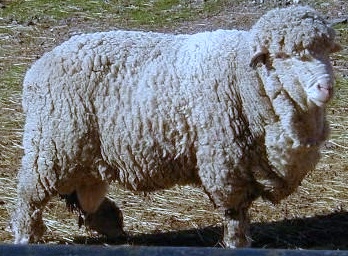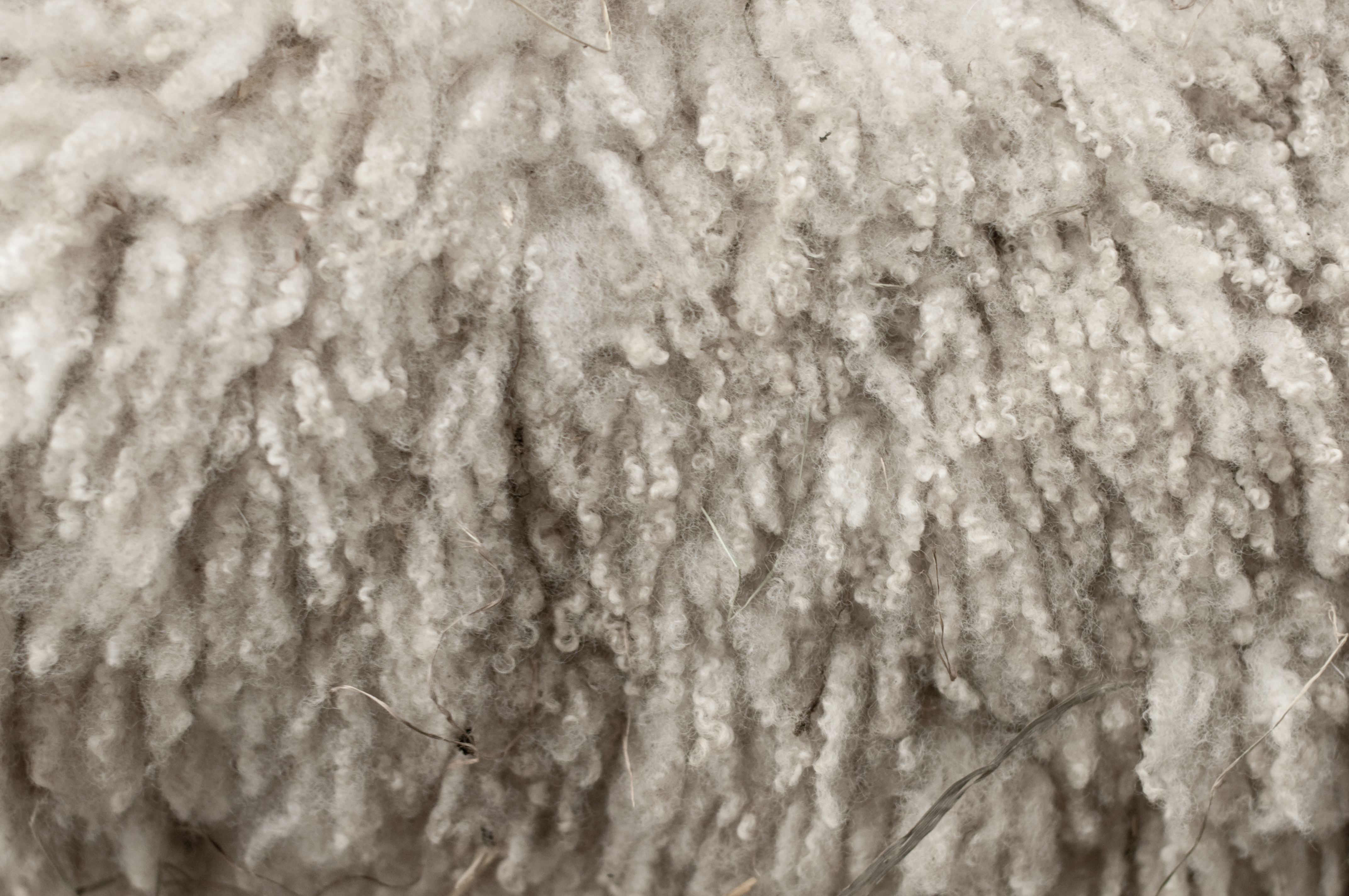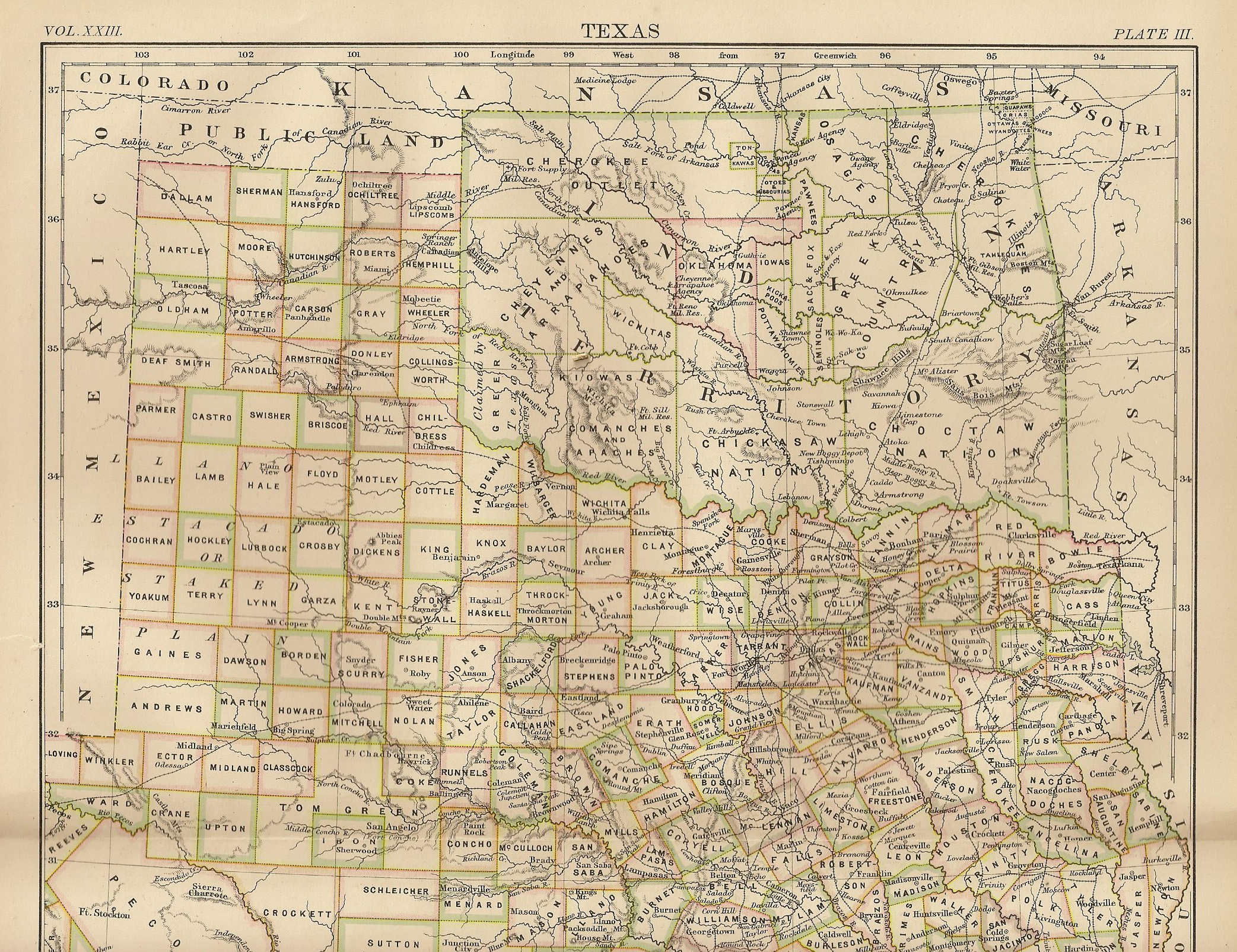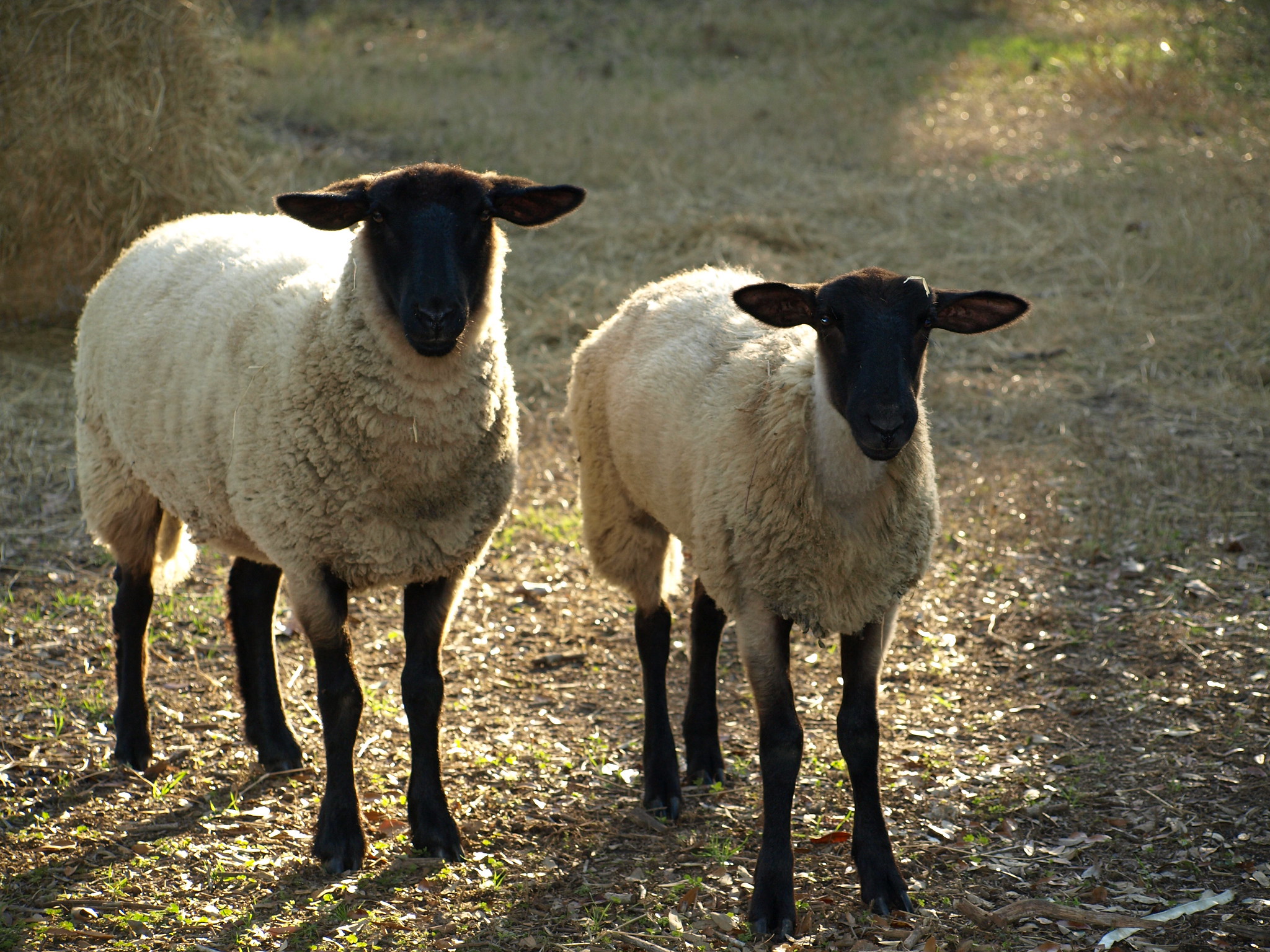|
Comeback (sheep)
The Comeback is a type of domestic sheep originating in Australia.''The Land Stock Types'', Rural Press, North Richmond, NSW This type of sheep results from crossbreds produced by British Longwool sheep and Merinos being mated back to Merinos. This cross is made to achieve a finer, better style of wool. Comeback style wool is also produced by Bond, Cormo and Polwarth sheep and they may prove easier to breed than Comebacks.Sheep breed compendium, Australian Wool Exchange (AWEX), 2010 The Comeback sheep are raised for meat and their fine wool. Characteristics The staple length of the bulky wool is with an average diameter of 21 to 25 microns.Preparation of Australian Wool Clips, Code of Practice 2010-2012, Australian Wool Exchange (AWEX), 2010 The Comeback is well adapted to high rainfall districts in Australia. Though they are similar to Merino, this breed does not have neck folds. Both sexes are either horned or polled (hornless). The average weight of mature rams is ... [...More Info...] [...Related Items...] OR: [Wikipedia] [Google] [Baidu] |
Domestic Sheep
Sheep or domestic sheep (''Ovis aries'') are domesticated, ruminant mammals typically kept as livestock. Although the term ''sheep'' can apply to other species in the genus '' Ovis'', in everyday usage it almost always refers to domesticated sheep. Like all ruminants, sheep are members of the order Artiodactyla, the even-toed ungulates. Numbering a little over one billion, domestic sheep are also the most numerous species of sheep. An adult female is referred to as a ''ewe'' (), an intact male as a ''ram'', occasionally a ''tup'', a castrated male as a ''wether'', and a young sheep as a ''lamb''. Sheep are most likely descended from the wild mouflon of Europe and Asia, with Iran being a geographic envelope of the domestication center. One of the earliest animals to be domesticated for agricultural purposes, sheep are raised for fleeces, meat (lamb, hogget or mutton) and milk. A sheep's wool is the most widely used animal fiber, and is usually harvested by shearing. In Co ... [...More Info...] [...Related Items...] OR: [Wikipedia] [Google] [Baidu] |
Australia
Australia, officially the Commonwealth of Australia, is a sovereign ''Sovereign'' is a title which can be applied to the highest leader in various categories. The word is borrowed from Old French , which is ultimately derived from the Latin , meaning 'above'. The roles of a sovereign vary from monarch, ruler or ... country comprising the mainland of the Australian continent, the island of Tasmania, and numerous smaller islands. With an area of , Australia is the largest country by area in Oceania and the world's sixth-largest country. Australia is the oldest, flattest, and driest inhabited continent, with the least fertile soils. It is a megadiverse country, and its size gives it a wide variety of landscapes and climates, with deserts in the centre, tropical Forests of Australia, rainforests in the north-east, and List of mountains in Australia, mountain ranges in the south-east. The ancestors of Aboriginal Australians began arriving from south east Asia approx ... [...More Info...] [...Related Items...] OR: [Wikipedia] [Google] [Baidu] |
Border Leicester
The Border Leicester is a British breed of sheep. It is a polled, long-wool sheep and is considered a dual-purpose breed as it is reared both for meat and for wool. The sheep are large but docile. They have been exported to other sheep-producing regions, including Australia and the United States. Description The live weight of a mature Border Leicester ram is in the range of and a mature ewe . A yearling ewe is around . Their white wool tends to be very long and by Merino standards, broad crimped, and in fineness about 32 to 38 microns, and is used for medium- to heavy-weight garments. This wool, though, is prized by spinners because of the crimp and lustre. The sheep are normally shorn twice a year when the wool has reached a length of around . Lambs yield an average of of wool; yearlings may yield at each shearing. The United States, Australian and New Zealand Border Leicesters very rarely sport the extreme of British flocks. All strains of Border Leicesters are known ... [...More Info...] [...Related Items...] OR: [Wikipedia] [Google] [Baidu] |
Merino
The Merino is a breed or group of breeds of domestic sheep, characterised by very fine soft wool. It was established in Spain near the end of the Middle Ages, and was for several centuries kept as a strict Spanish monopoly; exports of the breed were not allowed, and those who tried risked the death penalty. During the eighteenth century, flocks were sent to the courts of a number of European countries, including France (where they developed into the Rambouillet), Hungary, the Netherlands, Prussia, Saxony, Estonia, Livonia and Sweden. The Merino subsequently spread to many parts of the world, including South Africa, Australia, and New Zealand. Numerous recognised breeds, strains and variants have developed from the original type; these include, among others, the American Merino and Delaine Merino in the Americas, the Australian Merino, Booroola Merino and Peppin Merino in Oceania, the Gentile di Puglia, Merinolandschaf and Rambouillet in Europe. The Australian Poll Merino i ... [...More Info...] [...Related Items...] OR: [Wikipedia] [Google] [Baidu] |
Bond (sheep)
Bond sheep are an Australian sheep breed that was developed around 1909 near Lockhart, New South Wales by Thomas Bond when he mated Saxon-Peppin Merino ewes to stud Lincoln rams for primarily wool production. The resulting progeny was selected on the basis that they would be more suited to the Riverina environment. Initially these sheep were known as ‘the Commercial Corriedale’. In 1979, the name was changed to Bond and the Bond Sheepbreeders Association was formed at Lockhart in 1984. Bond are easy care, plain bodied sheep that produce white, long stapled, high yielding wool of about with a diameter of 22 to 28 microns with a fleece weight of about . Stud rams may weigh up to under good conditions. High lambing percentages are common. The breed is quite common in the south-east areas of Australia. Stud animals have been exported to China, New Zealand and Russia Russia (, , ), or the Russian Federation, is a transcontinental country spanning Eastern Europe an ... [...More Info...] [...Related Items...] OR: [Wikipedia] [Google] [Baidu] |
Cormo (sheep)
The Cormo is an Australian breed of sheep developed in Tasmania by crossing Corriedale rams with superfine Saxon Merino ewes in the early 1960s. The name Cormo is derived from the names of two of the parent breeds, Corriedale and Merino. The breed was fixed through intense selection criteria, assessed by objective measurement.* Cormo sheep have a polled, open face, are possessed of a fast-growing, medium frame carrying a fleece of about 18 to 23 micronsPreparation of Australian Wool Clips, Code of Practice 2010-2012, Australian Wool Exchange (AWEX), 2010 in diameter. High fertility is an attribute, too. The breed is mostly found in the south eastern states of Australia. Cormos have also been exported to Argentina, China, the United States, Italy and Belgium Belgium, ; french: Belgique ; german: Belgien officially the Kingdom of Belgium, is a country in Northwestern Europe. The country is bordered by the Netherlands to the north, Germany to the east, Luxembourg to t ... [...More Info...] [...Related Items...] OR: [Wikipedia] [Google] [Baidu] |
Polwarth (sheep)
Polwarth is a breed of sheep that was developed in Victoria (Australia) during 1880. They were of one-quarter Lincoln and three-quarters Merino bloodlines. They are large, predominantly polled sheep with long, soft, quite fine wool and produce good meat carcasses. They were developed in an attempt to extend the grazing territory of sheep because the Merino was found lacking in hardiness in this respect. A dual-purpose (meat and wool) breed with a major emphasis on wool production. Richard Dennis, of Tarndwarncoort in south west Victoria, bred the Polwarth, first known as Dennis Comebacks. Descendants of Richards Dennis continue to grow Polwarth wool at Tarndwarncoort, maintaining the original bloodlines in a flock referred to as the "Blue Dots". Wool Polwarth wool is well regarded for its application in woolcraft. The longer staple length, up to 130mm, makes it easy for handspinning and felting. The wool is soft enough to wear against skin, and is known for its drape. Millspun y ... [...More Info...] [...Related Items...] OR: [Wikipedia] [Google] [Baidu] |
Lamb And Mutton
Lamb, hogget, and mutton, generically sheep meat, are the meat of domestic sheep, ''Ovis aries''. A sheep in its first year is a lamb and its meat is also lamb. The meat from sheep in their second year is hogget. Older sheep meat is mutton. Generally, "hogget" and "sheep meat" are not used by consumers outside Norway, New Zealand, South Africa, Scotland and Australia. Hogget has become more common in England, particularly in the North (Lancashire and Yorkshire) often in association with rare breed and organic farming. In South Asian and Caribbean cuisine, "mutton" often means goat meat.''Oxford English Dictionary'', 3rd edition, June 2003Italian_language.html" ;"title="Spanish language">Spanish, Italian language">Italian and Arabic, make similar or even more detailed distinctions among sheep meats by age and sometimes by sex and diet—for example, ''lechazo'' in Spanish refers to meat from milk-fed (unweaned) lambs. Classifications and nomenclature The definitions for la ... [...More Info...] [...Related Items...] OR: [Wikipedia] [Google] [Baidu] |
Wool
Wool is the textile fibre obtained from sheep and other mammals, especially goats, rabbits, and camelids. The term may also refer to inorganic materials, such as mineral wool and glass wool, that have properties similar to animal wool. As an animal fibre, wool consists of protein together with a small percentage of lipids. This makes it chemically quite distinct from cotton and other plant fibres, which are mainly cellulose. Characteristics Wool is produced by follicles which are small cells located in the skin. These follicles are located in the upper layer of the skin called the epidermis and push down into the second skin layer called the dermis as the wool fibers grow. Follicles can be classed as either primary or secondary follicles. Primary follicles produce three types of fiber: kemp Kemp may refer to: Places * Kemp, Illinois * Kemp, Ohio * Kemp, Oklahoma * Kemp, Texas * Kemp Land and Kemp Coast, Antarctica * Kemp Town, a 19th-century estate in East Sussex, En ... [...More Info...] [...Related Items...] OR: [Wikipedia] [Google] [Baidu] |
Oklahoma State University
Oklahoma (; Choctaw: ; chr, ᎣᎧᎳᎰᎹ, ''Okalahoma'' ) is a state in the South Central region of the United States, bordered by Texas on the south and west, Kansas on the north, Missouri on the northeast, Arkansas on the east, New Mexico on the west, and Colorado on the northwest. Partially in the western extreme of the Upland South, it is the 20th-most extensive and the 28th-most populous of the 50 United States. Its residents are known as Oklahomans and its capital and largest city is Oklahoma City. The state's name is derived from the Choctaw words , 'people' and , which translates as 'red'. Oklahoma is also known informally by its nickname, " The Sooner State", in reference to the settlers who staked their claims on land before the official opening date of lands in the western Oklahoma Territory or before the Indian Appropriations Act of 1889, which increased European-American settlement in the eastern Indian Territory. Oklahoma Territory and Indian Terri ... [...More Info...] [...Related Items...] OR: [Wikipedia] [Google] [Baidu] |
Wool Measurement
A micron (micrometre) is the measurement used to express the diameter of wool fibre. Fine wool fibers have a low micron value. Fibre diameter is the most important characteristic of wool in determining its value. Every fleece comprises a very wide range of fibre diameters—for example a typical Merino fleece will contain fibres of as low as 10 microns in diameter, and there could be fibres with diameters exceeding 25 microns, depending on the age and health (or nutrition) of the sheep. What is usually referred to as wool's "micron" is the mean of the fibre diameters or average diameter. This may be measured in a number of different ways. Small samples can be taken from the side or fleece of a sheep and measured using a portable instrument such as an OFDA2000 (Optical Fibre Diameter Analyser); or a mobile instrument system called a Fleecescan. Both these systems have been studied extensively and if used correctly, they should give reasonably reliable results. Pre wool classing m ... [...More Info...] [...Related Items...] OR: [Wikipedia] [Google] [Baidu] |
Sheep Breeds Originating In Australia
Sheep or domestic sheep (''Ovis aries'') are domesticated, ruminant mammals typically kept as livestock. Although the term ''sheep'' can apply to other species in the genus '' Ovis'', in everyday usage it almost always refers to domesticated sheep. Like all ruminants, sheep are members of the order Artiodactyla, the even-toed ungulates. Numbering a little over one billion, domestic sheep are also the most numerous species of sheep. An adult female is referred to as a ''ewe'' (), an intact male as a ''ram'', occasionally a ''tup'', a castrated male as a ''wether'', and a young sheep as a ''lamb''. Sheep are most likely descended from the wild mouflon of Europe and Asia, with Iran being a geographic envelope of the domestication center. One of the earliest animals to be domesticated for agricultural purposes, sheep are raised for fleeces, meat (lamb, hogget or mutton) and milk. A sheep's wool is the most widely used animal fiber, and is usually harvested by shearing. In Commo ... [...More Info...] [...Related Items...] OR: [Wikipedia] [Google] [Baidu] |





.jpg)


